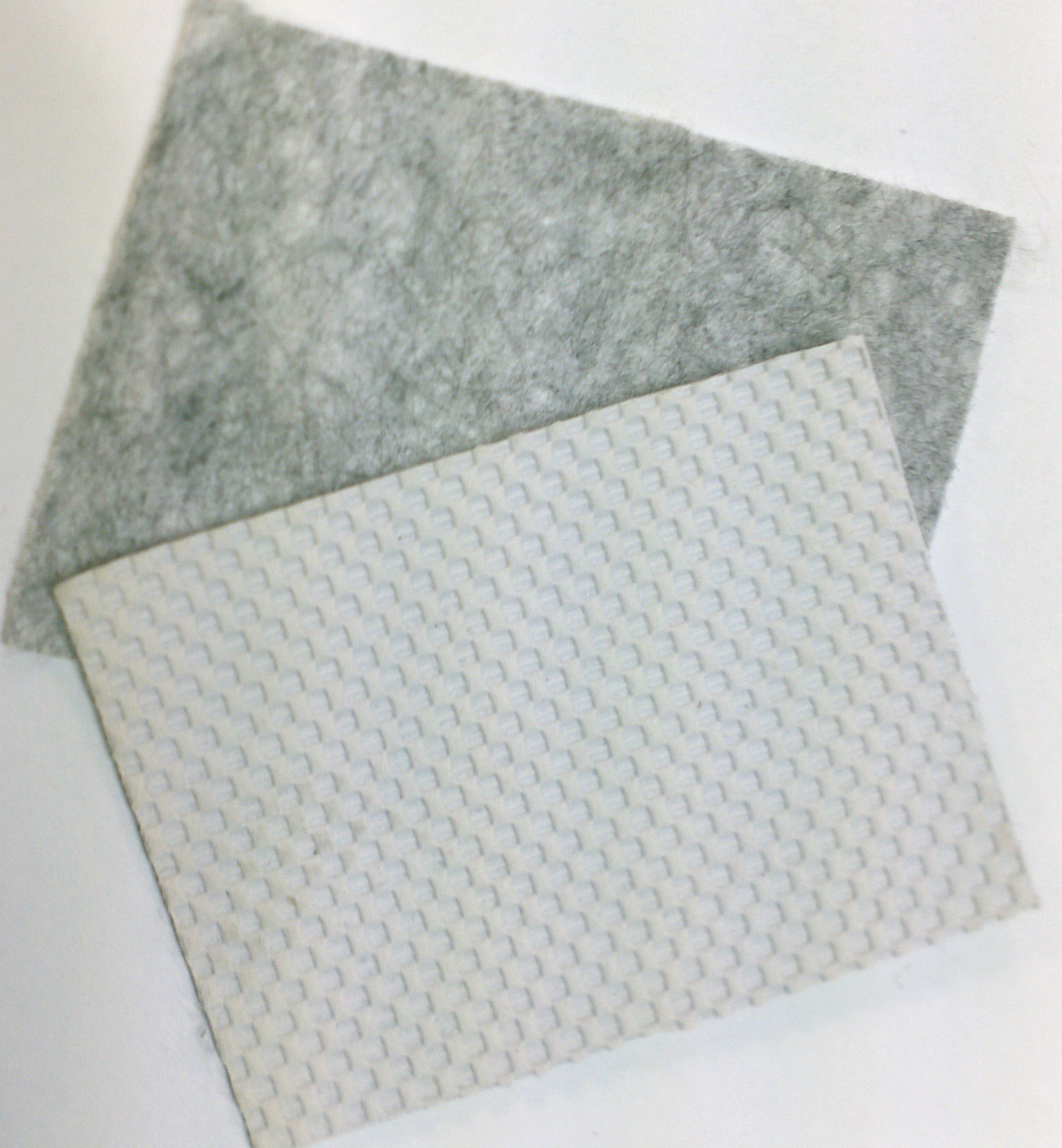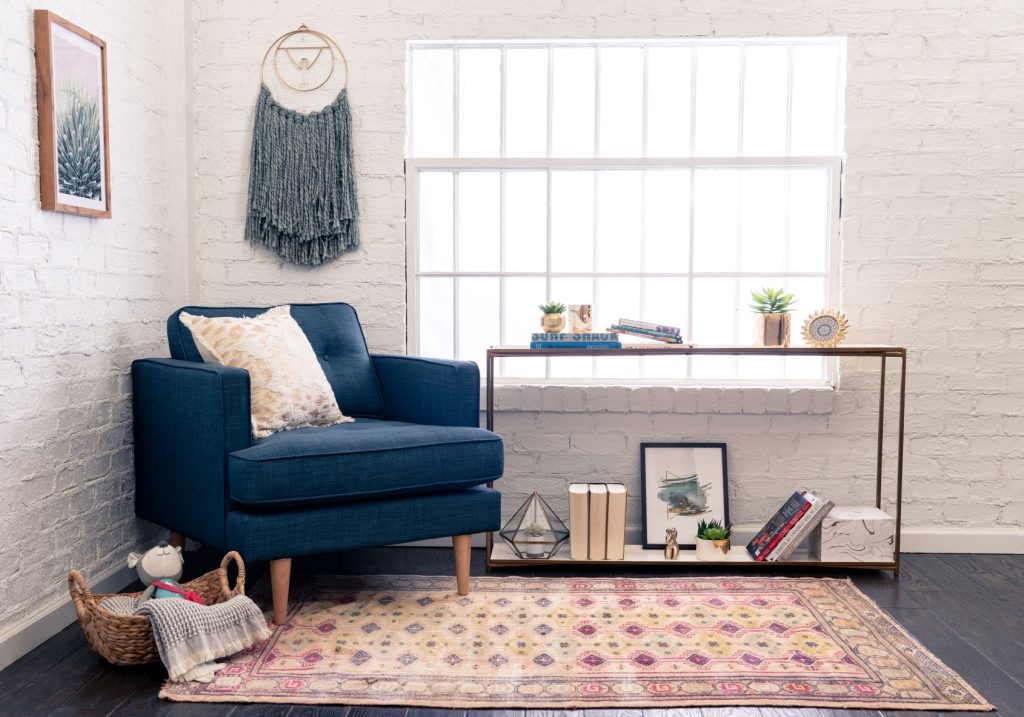

Rugs sliding constantly can be a frustrating and potentially dangerous problem. It’s a common issue that affects many homeowners, creating a tripping hazard and disrupting the overall aesthetic appeal of a room. This comprehensive guide explores the causes of rug slippage and presents effective solutions to keep your rugs firmly in place, ensuring both safety and style. This article provides a step-by-step approach to tackle this problem, addressing various contributing factors and suggesting practical remedies. We’ll delve into specific causes, from improper placement to unsuitable flooring and inadequate padding, offering actionable solutions that will effectively prevent your rugs from shifting or slipping. We’ll analyze the best solutions for every type of rug and floor, empowering you to create a stable and beautiful home environment. This guide will thoroughly discuss rug padding solutions, proper rug placement techniques, floor preparation strategies, and solutions for rugs on varying floor types and materials.
Understanding the Causes of Rug Slipping
Rug slippage is a common issue, and understanding the root causes is the first step towards finding effective solutions. The primary culprits often include inappropriate floor surfaces, insufficient padding, improper placement, or simply not using the right tools to secure the rug. For instance, shiny or smooth floors often lead to rugs slipping easily, because the rug simply does not have enough friction to stay in place. Similarly, rugs without adequate padding can lose their stability on varied flooring types like hardwood or tile, and the rug’s weight, or the weight of furniture over it, can lead to excessive movement.
Identifying Common Floor Issues
Smooth floors, particularly those made of hardwood, tile, or laminate, offer little friction for rugs to grip. In these cases, using appropriate rug pads or other anti-slip solutions is essential. Even carpeted floors can be a problem if the rug isn’t properly placed or if the rug pile is too high, preventing the rug from laying flat and thus slipping.
Related Post : Choosing Colors That Clash? How to Create a Harmonious Palette
Insufficient or Incorrect Padding
Rugs without adequate padding, or padding that isn’t suitable for the floor type or rug size, frequently slip and slide. The right padding provides cushioning and helps in maintaining the rug’s position. Using a proper rug pad that’s correctly sized and designed for the type of floor and rug is vital.
Choosing the Right Rug Pad
Selecting the right rug pad is crucial for preventing slipping. Different types of rug pads offer varying levels of friction and support. A good rug pad will not only prevent slippage but also protect your floor from scratches and scuffs. Choosing a pad based on the material of your floor and the weight of your rug is vital.
Types of Rug Pads
Various types of rug pads cater to different needs and floor types. Consider using felt pads, foam pads, or rubber pads depending on the size, material, and weight of the rug. Felt pads are good for delicate floors or rugs, while foam or rubber pads offer more substantial grip and cushioning for heavier rugs or high-traffic areas.
Sizing and Placement
Ensure the rug pad is sized appropriately to cover the entire area beneath the rug. Proper placement of the rug pad beneath the rug base is necessary to prevent slippage. Using a pad that is too small can lead to gaps and uneven support, while one that is too large can result in wrinkling and unevenness. Cut the rug pad to the exact size of the rug for seamless and non-slip performance.
Strategic Rug Placement
The position of the rug within the room plays a significant role in its stability. Consider the layout of furniture and walkways when placing a rug to avoid potential tripping hazards. Ensure the rug extends slightly beyond the furniture for stability, but also consider the room’s layout to allow for smooth movement around the furniture.
Considering Furniture Placement
Placing the rug in a way that accommodates furniture arrangements is vital to prevent slipping. Ensure the rug extends slightly beyond the front legs of furniture for better stability. Consider the size of furniture pieces and rug, ensuring enough space for movement within the room.
Creating Clear Walking Paths
Maintaining clear walking paths around the rug is crucial to prevent tripping hazards. Avoid placing the rug in a way that obstructs walkways or creates narrow pathways that may force people to step over the rug, causing tripping.
Enhancing Rug Adhesion
Adhesion is another key element to preventing rug slippage. Employing strategies to enhance adhesion helps maintain the rug’s position and prevents it from shifting or moving when furniture or foot traffic is applied.
Using Rug Grips or Tack Strips
Rug grips or tack strips are simple, effective solutions for preventing slippage. Tack strips can be used for heavier rugs or those that are in high-traffic areas. Consider using these products for increased support and preventing rug movement when furniture is on it, or when you have lots of foot traffic.
Anti-Slip Tape
Using anti-slip tape specifically designed for rugs can create an additional layer of support. Apply the tape to the floor beneath the rug or use other methods. This can greatly help with rug safety by creating a better adhesive.
Maintenance and Prevention
Maintaining your rugs and the floors they sit on can significantly reduce slippage. Understanding the best practices for rug maintenance helps you keep rugs in their proper position.
Regular Vacuuming
Regular vacuuming helps in preventing debris build-up under the rug. Removing debris and dirt is important to create friction and prevent sliding. Dirt and debris can greatly decrease a rug’s ability to stay put.
Periodic Rug Cleaning
Cleaning the rug regularly maintains its integrity. Proper cleaning prevents issues that lead to excessive sliding and movement.
Additional Tips
Additional considerations
Additional Solutions
Additional Strategies
In conclusion, preventing rugs from sliding is crucial for both safety and aesthetics. By addressing the root causes—like inadequate rug padding, improper placement, or unsuitable flooring—you can create a stable and secure environment. Understanding these solutions allows you to enjoy your rugs without the worry of them moving or causing potential hazards. Implement the preventative measures outlined in this article to enjoy a worry-free and stylish space! Ready to prevent your rugs from sliding? Click here to discover the solutions now!